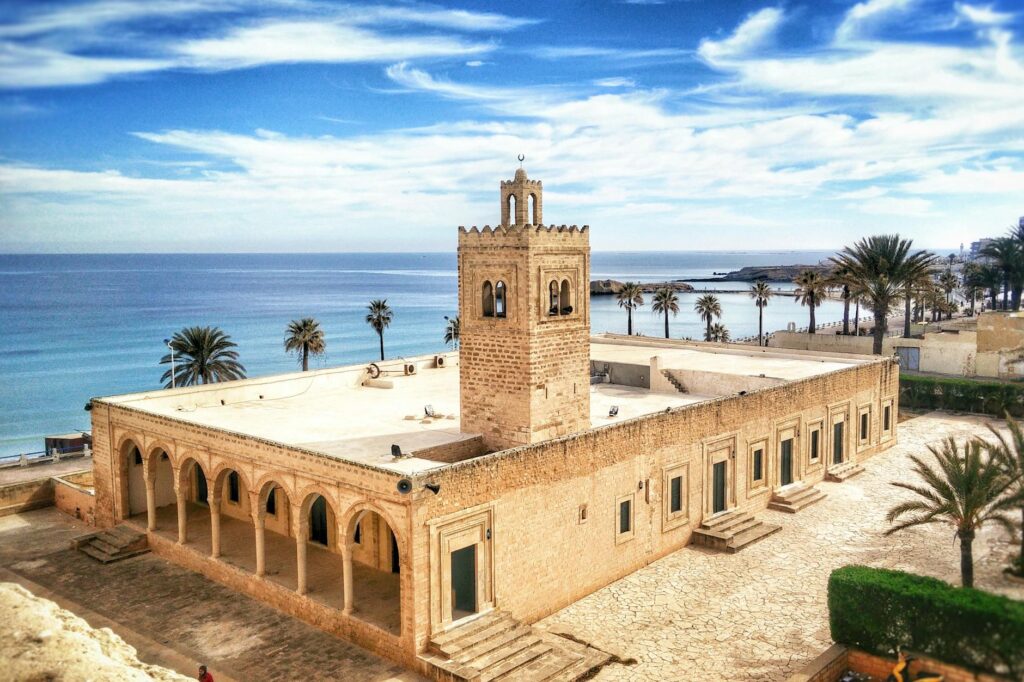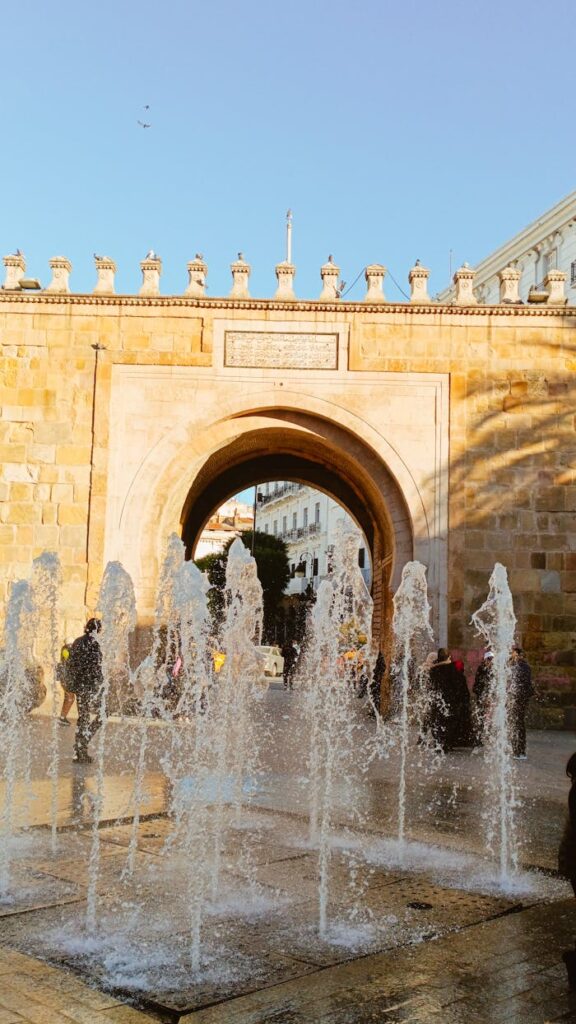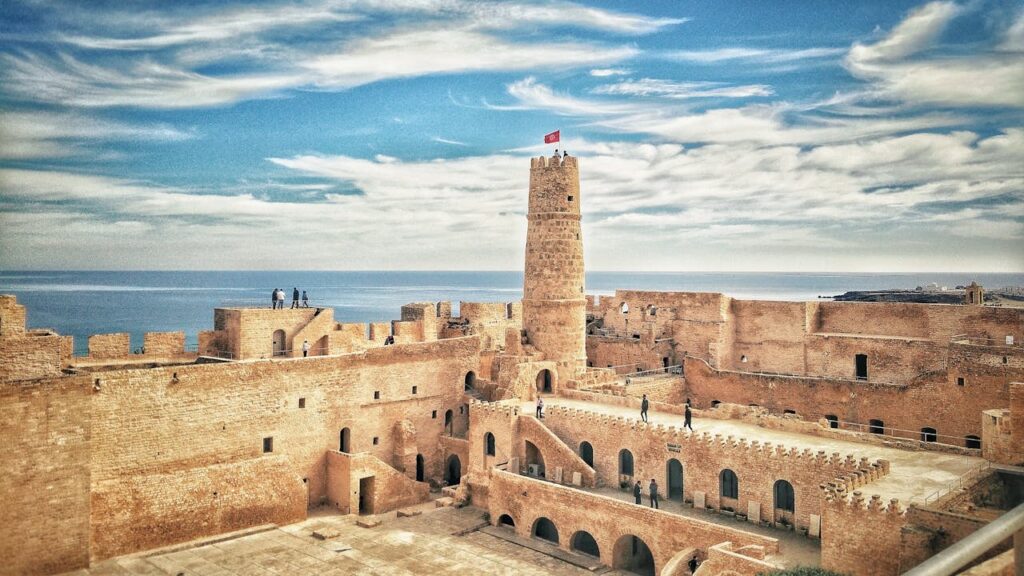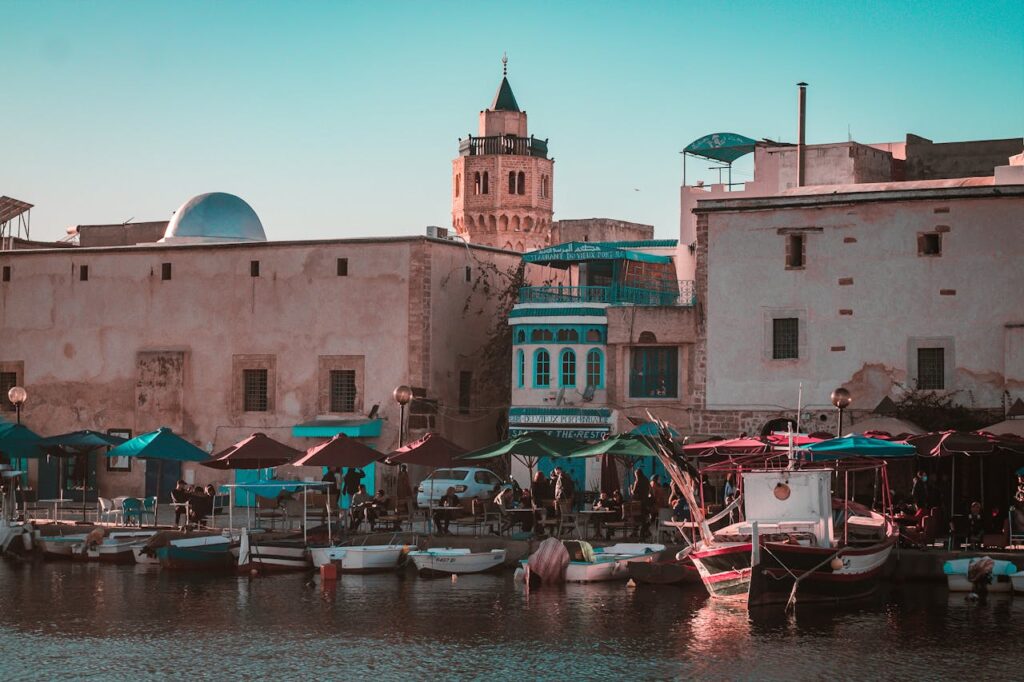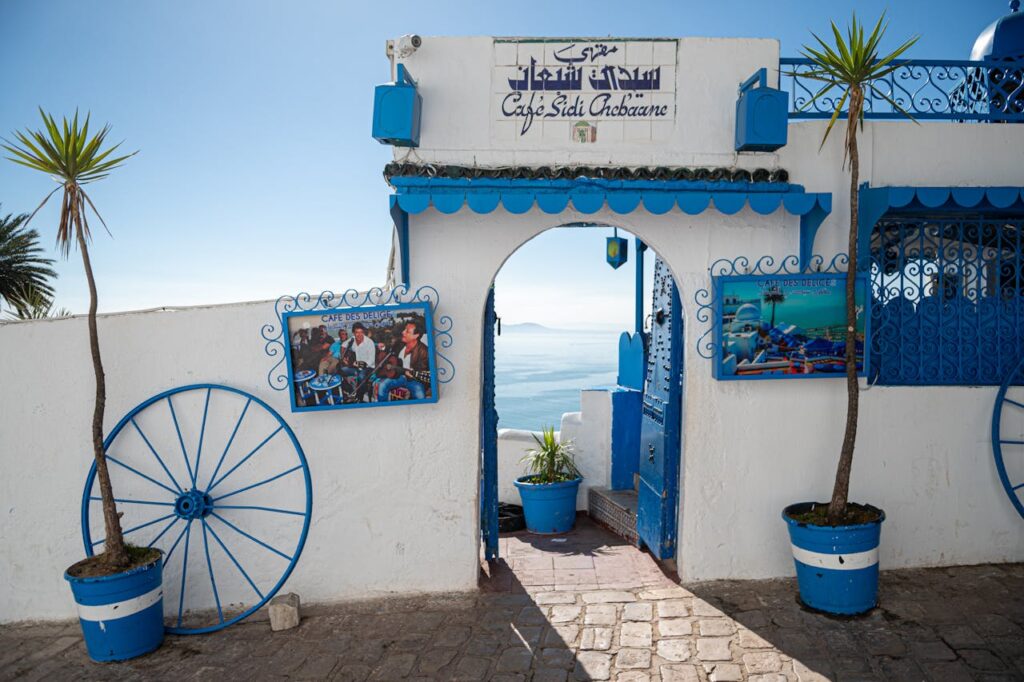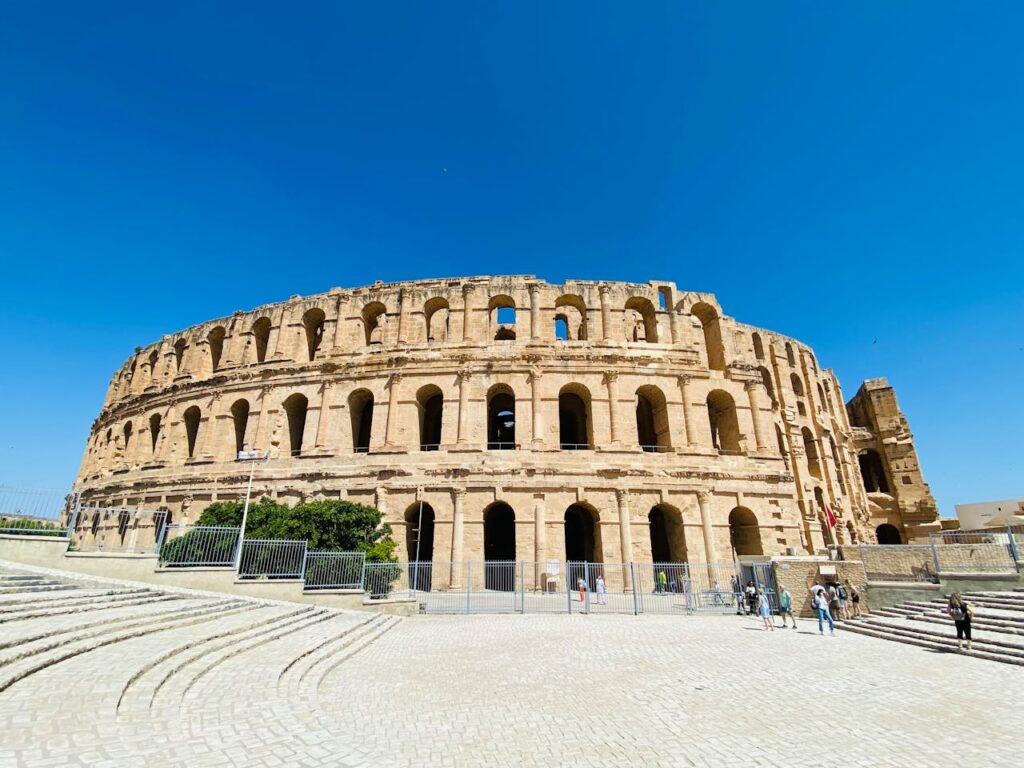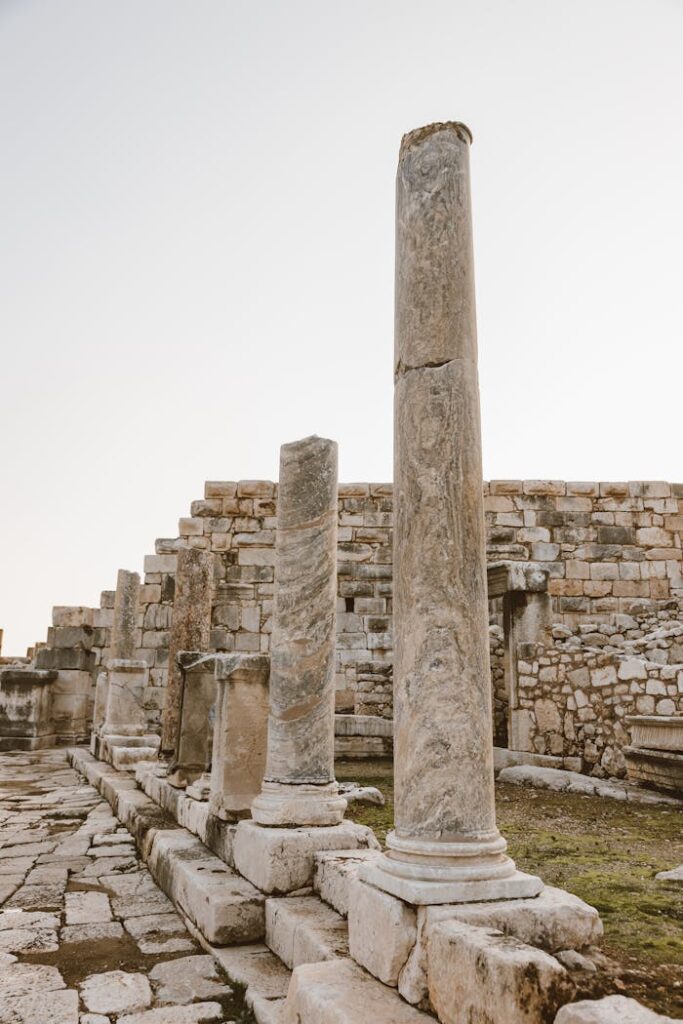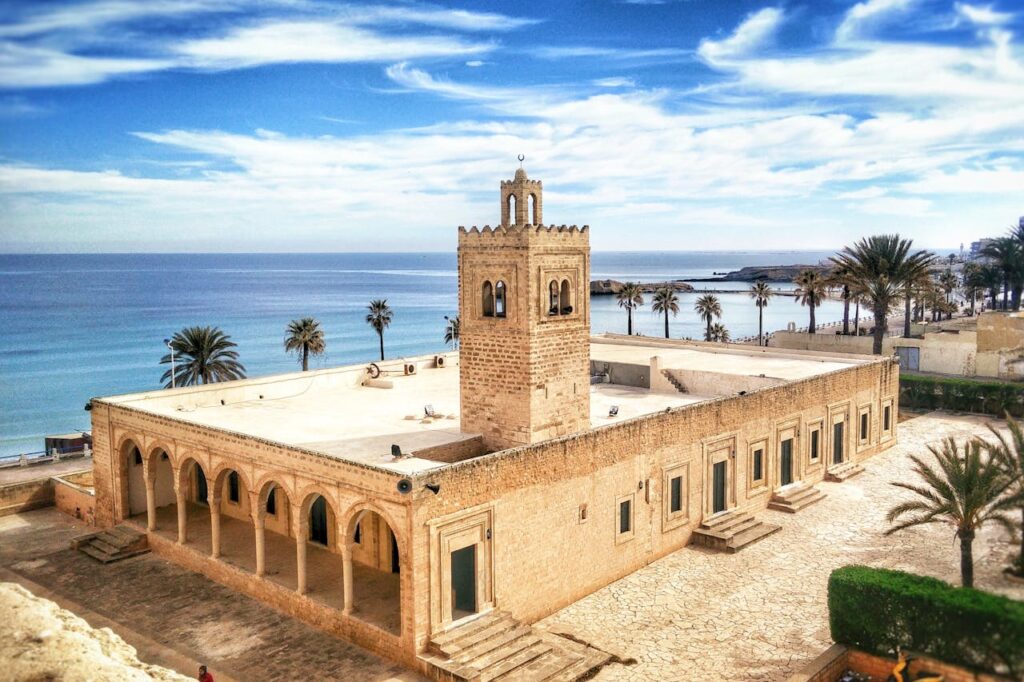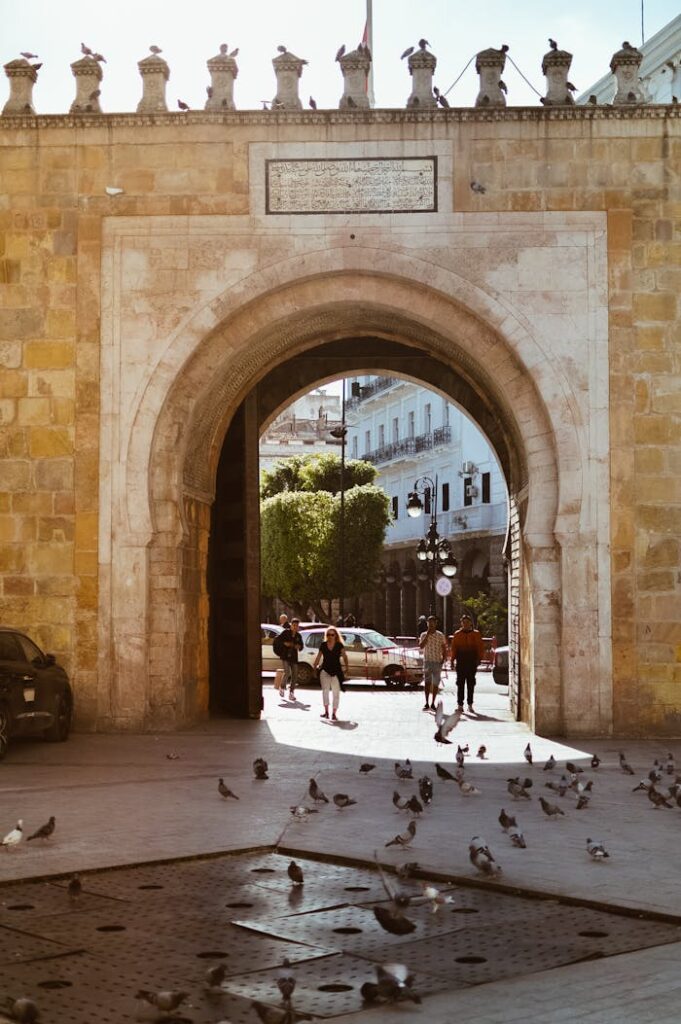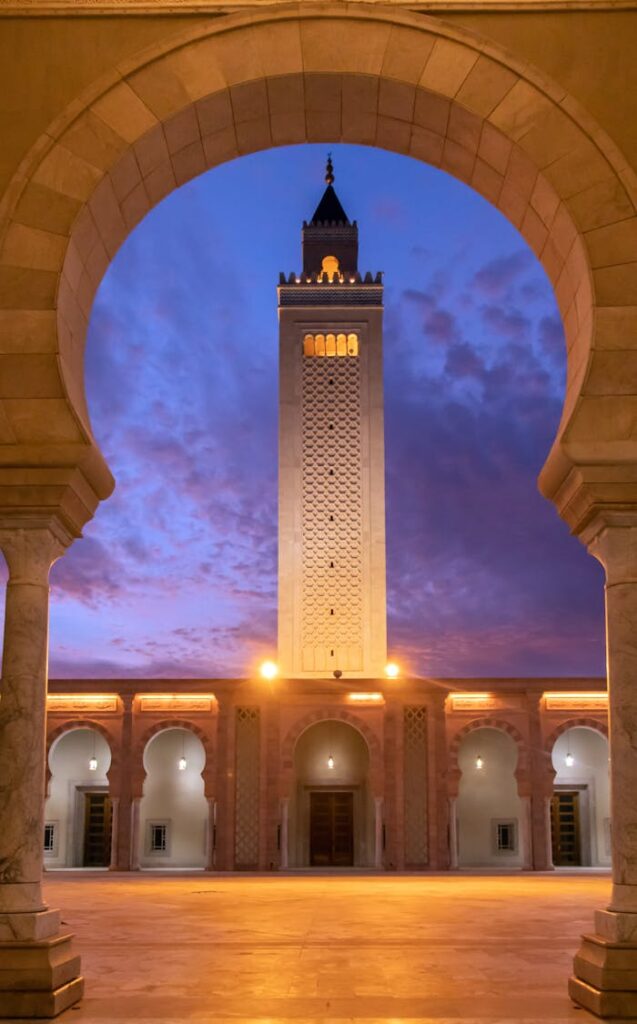Carthage, a historic city on the coast of Tunisia, is one of the most significant archaeological sites in the world. Once a powerful city-state and rival to ancient Rome, Carthage is now a suburb of Tunis and a UNESCO World Heritage site. The city offers a fascinating blend of ancient ruins, beautiful coastal views, and modern residential areas. Visitors can explore the remnants of the Punic and Roman civilizations, enjoy scenic landscapes, and learn about the rich history of this legendary city. Here are some of the best places to visit in Carthage:
Best Places to Visit
1. Antonine Baths
The Antonine Baths are the largest Roman baths in Africa and one of the most impressive archaeological sites in Carthage. Built in the 2nd century AD, these baths were a symbol of the city’s wealth and sophistication. Visitors can explore the ruins of the bath complex, including the frigidarium, tepidarium, and caldarium. The site offers stunning views of the Mediterranean Sea and is a perfect spot for photography and historical exploration.
- Key Attractions: Roman architecture, coastal views.
- Activities: Exploring ruins, photography.
- Location: Coastal Carthage.
2. Carthage Museum
The Carthage Museum is located on Byrsa Hill, the ancient citadel of Carthage. The museum houses a vast collection of artifacts from the Punic and Roman periods, including pottery, sculptures, mosaics, and jewelry. The museum’s exhibits provide a comprehensive overview of the city’s history and culture. Visitors can also explore the surrounding archaeological site, which includes the remains of Punic houses and the ancient city’s defensive walls.
- Key Attractions: Punic and Roman artifacts, panoramic views.
- Activities: Museum exploration, historical learning.
- Location: Byrsa Hill, Carthage.
3. Punic Ports
The Punic Ports of Carthage were once the heart of the city’s maritime power. The ports consisted of two harbors: a commercial port and a military port. The military port, known as the Kothon, had a circular design and was surrounded by docks for warships. Today, the site is a tranquil area with a small museum and remains of the ancient docks. Visitors can learn about Carthage’s naval history and enjoy the peaceful setting.
- Key Attractions: Ancient docks, historical significance.
- Activities: Sightseeing, historical exploration.
- Location: Coastal Carthage.
4. Byrsa Hill
Byrsa Hill is a prominent hill in Carthage that was once the city’s citadel. The hill offers panoramic views of the surrounding area, including the Mediterranean Sea and the ruins of ancient Carthage. The Carthage Museum is located on the hill, along with several archaeological sites, including the remains of Punic houses and Roman villas. Visitors can explore the historical sites and enjoy the breathtaking views from the top of the hill.
- Key Attractions: Panoramic views, historical ruins.
- Activities: Sightseeing, photography.
- Location: Byrsa Hill, Carthage.
5. Saint Louis Cathedral
Saint Louis Cathedral, also known as the Acropolium of Carthage, is a historic cathedral located on Byrsa Hill. The cathedral was built in the 19th century to commemorate King Louis IX of France, who died near Carthage during the Eighth Crusade. The cathedral’s architecture features a mix of Gothic and Moorish styles. Today, the cathedral serves as a cultural center and hosts concerts and exhibitions. Visitors can admire the beautiful architecture and enjoy the cultural events.
- Key Attractions: Gothic and Moorish architecture, cultural events.
- Activities: Sightseeing, attending events.
- Location: Byrsa Hill, Carthage.
6. Tophet of Carthage
The Tophet of Carthage is an ancient cemetery and sacrificial site used by the Carthaginians. The site contains numerous stelae and urns that were used for ritual offerings. The Tophet provides insight into the religious practices of the Punic civilization. Visitors can explore the site and learn about the history and significance of the rituals performed there. The site is a unique and intriguing aspect of Carthage’s history.
- Key Attractions: Ancient stelae, historical significance.
- Activities: Archaeological exploration, historical learning.
- Location: Central Carthage.
7. Roman Villas
Carthage is home to several well-preserved Roman villas, offering a glimpse into the lifestyle of the Roman elite. The villas feature beautiful mosaics, courtyards, and elaborate architectural details. Notable villas include the Villa of the Aviary and the Villa of the Ocean. Visitors can explore the ruins and admire the intricate mosaics depicting various scenes from mythology and daily life. The Roman villas are a testament to the city’s prosperity during the Roman period.
- Key Attractions: Roman mosaics, architectural details.
- Activities: Exploring ruins, art appreciation.
- Location: Various locations in Carthage.
8. Amphitheatre of Carthage
The Amphitheatre of Carthage was once a grand venue for gladiatorial games and public spectacles. Built in the 2nd century AD, the amphitheatre could accommodate thousands of spectators. Today, only a few remnants of the structure remain, but the site still offers a glimpse into the entertainment culture of ancient Carthage. Visitors can explore the ruins and imagine the grandeur of the amphitheatre in its heyday.
- Key Attractions: Roman architecture, historical significance.
- Activities: Sightseeing, historical exploration.
- Location: Central Carthage.
9. Baths of Antoninus Pius
The Baths of Antoninus Pius, also known as the Carthage Thermal Baths, are another significant Roman site in Carthage. These baths were among the largest in the Roman Empire and served as a social and recreational center. The site includes the remains of the frigidarium (cold room), tepidarium (warm room), and caldarium (hot room). Visitors can explore the ruins and learn about the Roman bathing culture. The baths also offer stunning views of the sea.
- Key Attractions: Roman baths, coastal views.
- Activities: Exploring ruins, photography.
- Location: Coastal Carthage.
10. Carthage Hannibal International Airport
While not a historical site, Carthage Hannibal International Airport is an important gateway for travelers visiting Carthage and the surrounding areas. The airport offers regular flights to and from major cities in Europe, Africa, and the Middle East. Visitors can access the city’s attractions easily from the airport, making it a convenient entry point for exploring Carthage’s rich history and culture.
- Key Attractions: Modern amenities, transportation hub.
- Activities: Travel and transportation.
- Location: Near Tunis, Carthage.
Summary Table
| Place | Description | Key Attraction | Distance from City Center |
|---|---|---|---|
| Antonine Baths | Largest Roman baths in Africa | Roman architecture, coastal views | Coastal Carthage |
| Carthage Museum | Museum with Punic and Roman artifacts | Artifacts, panoramic views | Byrsa Hill, Carthage |
| Punic Ports | Ancient harbors of Carthage | Historical significance, ancient docks | Coastal Carthage |
| Byrsa Hill | Historic hill with panoramic views | Panoramic views, historical ruins | Byrsa Hill, Carthage |
| Saint Louis Cathedral | Historic cathedral and cultural center | Gothic and Moorish architecture | Byrsa Hill, Carthage |
| Tophet of Carthage | Ancient sacrificial site and cemetery | Ancient stelae, historical significance | Central Carthage |
| Roman Villas | Well-preserved Roman villas with mosaics | Roman mosaics, architectural details | Various locations |
| Amphitheatre of Carthage | Ancient venue for gladiatorial games | Roman architecture, historical significance | Central Carthage |
| Baths of Antoninus Pius | Significant Roman baths in Carthage | Roman baths, coastal views | Coastal Carthage |
| Carthage Hannibal International Airport | Main airport serving Carthage and surrounding areas | Modern amenities, transportation hub | Near Tunis, Carthage |
How to Reach Carthage
By Flight
Carthage Hannibal International Airport, located near Tunis, is the main airport serving Carthage. The airport offers regular flights from major cities in Europe, Africa, and the Middle East. Taxis, shuttle services, and car rentals are available for transportation to and from the airport. The airport’s proximity to Tunis makes it a convenient entry point for travelers.
By Road
Carthage is well-connected by road to Tunis and other major cities in Tunisia. The A1 highway links the city to Tunis, while coastal roads connect it to nearby towns. Private cars, buses, and taxis are common modes of transportation for intercity travel.
By Train
Carthage is accessible by train, with services operated by the Tunisian National Railway Company (SNCFT). The TGM light rail network connects Carthage with Tunis and La Marsa, providing convenient public transportation. The train stations in Carthage are centrally located, making it easy to access the city’s attractions.
Best Time to Visit Carthage
The best time to visit Carthage is during the spring (March to June) and autumn (September to November
) months, when the weather is mild and pleasant. The city experiences a Mediterranean climate, with hot, dry summers and mild, wet winters. The summer months (July to August) can be hot, but they are ideal for enjoying the coastal views and outdoor activities. The mild winter months (December to February) are also a good time to visit, especially for exploring the historical sites.
Travel Tips
- Local Cuisine: Carthage offers a variety of dining options, with a range of traditional Tunisian dishes and international cuisine. Be sure to try local specialties like couscous, brik, and fresh seafood. The city’s restaurants and cafes also offer delicious pastries and desserts.
- Cultural Insights: Carthage has a rich cultural heritage, with influences from Punic, Roman, and Islamic civilizations. Respect local customs and traditions, and be mindful of the city’s diverse communities. The city hosts various cultural events and festivals, providing an opportunity to experience its vibrant arts and music scene.
- Safety Tips: While Carthage is generally safe for tourists, it’s important to take common precautions. Avoid walking alone at night, especially in less populated areas. Keep your belongings secure and be cautious when using public transportation. Stick to well-known and busy areas, particularly around the main tourist attractions.
Itinerary Suggestions
One-Day Trip
- Morning: Start your day with a visit to the Antonine Baths, exploring the impressive Roman ruins and enjoying the coastal views. Have breakfast at a nearby cafe.
- Afternoon: Head to the Carthage Museum on Byrsa Hill to explore the Punic and Roman artifacts. Visit the nearby Saint Louis Cathedral and enjoy the panoramic views from the hill.
- Evening: Relax at the Punic Ports, learning about the city’s maritime history and enjoying a peaceful stroll. End your day with dinner at a local restaurant overlooking the Mediterranean Sea.
Weekend Getaway
- Day 1: Begin with a visit to the Tophet of Carthage, exploring the ancient sacrificial site and cemetery. In the afternoon, visit the Roman Villas and admire the beautiful mosaics and architectural details. Spend the evening at the Amphitheatre of Carthage, imagining the grandeur of ancient gladiatorial games.
- Day 2: Start the day with a trip to the Baths of Antoninus Pius, exploring the Roman baths and enjoying the coastal scenery. In the afternoon, take a stroll through the modern areas of Carthage and visit the Carthage Hannibal International Airport for a brief exploration of its facilities. Conclude your trip with a visit to the Carthage Museum for a final look at the city’s rich history.
Carthage offers a unique blend of ancient history, cultural richness, and natural beauty, making it an ideal destination for all types of travelers. Whether you’re exploring its legendary ruins, relaxing on its beautiful coastline, or enjoying its vibrant cultural scene, Carthage promises a memorable and enriching experience.


